-
Tél : +8618150976625
-
E-mail : Hello@MicrofiberLeather.com
Tél : +8618150976625
E-mail : Hello@MicrofiberLeather.com
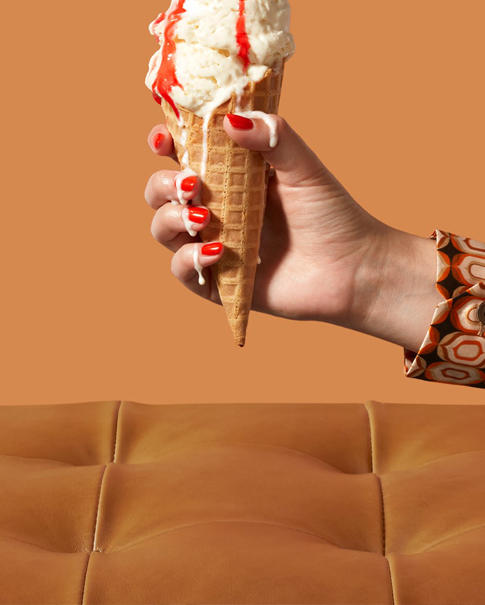

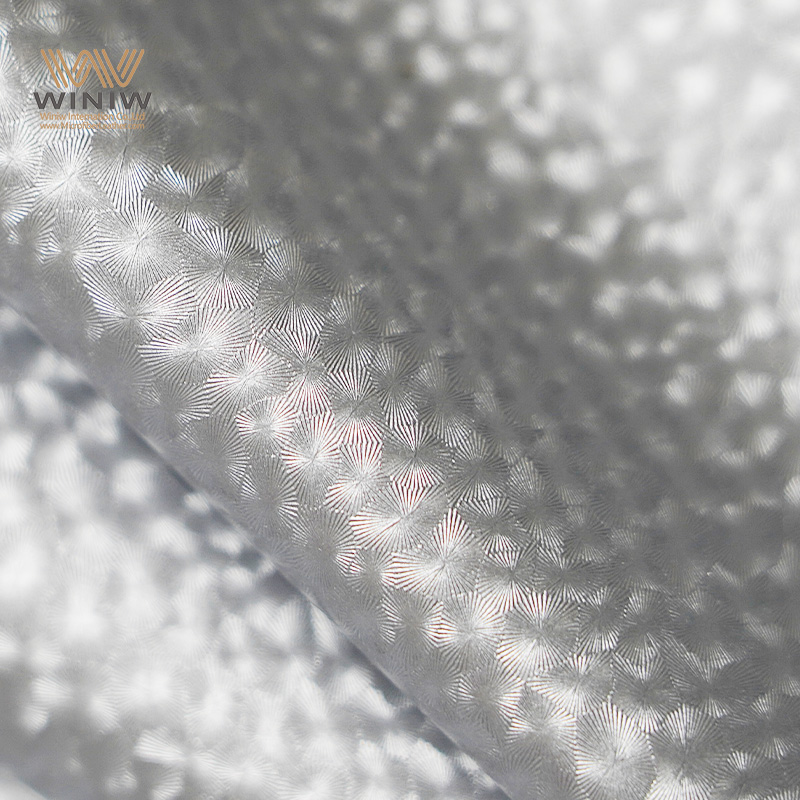
Lorsque je choisis des matériaux durables pour mes sacs, je compare toujours des options comme le liège, le cuir de champignon (Mylo), le cuir de pomme, le cuir d'ananas (Piñatex) et les tissus recyclés. Chacune présente d'excellents atouts véganes et écologiques. Par exemple, le cuir de pomme valorise les déchets alimentaires, tandis que le Piñatex réduit les émissions de CO2. 12 kg par mètreLa production de cuir de champignons atteint 280 000 mètres carrés par an en Indonésie. Le tableau ci-dessous met en évidence les principaux impacts environnementaux :
Matériel | Réduction des émissions de CO2 | Notes complémentaires |
|---|---|---|
cuir de liège | N / A | Sans produits chimiques toxiques ; texture unique. |
Cuir de champignon | N / A | Production à grande échelle en Indonésie. |
Cuir d'ananas | 12 kg par mètre | Émissions de CO2 inférieures à celles du sac cuir PU; contient du polyuréthane. |
Cuir de pomme | 5,28 kg par kg de déchets | Empêche la production de méthane lors de la décomposition des déchets de pommes. |
Je trouve ces alternatives pratiques, élégantes et meilleures pour la planète.
Explorer options de sacs durables Comme le liège, le champignon, la pomme et le cuir d'ananas. Ces matériaux sont écologiques et permettent de réduire les déchets.
Évitez les sacs en cuir PU En raison de son impact environnemental important, elle libère des substances chimiques nocives et contribue à la pollution.
Vérifiez la transparence des marques. Recherchez des informations claires sur les matériaux et les procédés de production utilisés. cuir végétalien sacs.
Attention à l'écoblanchiment ! Certaines marques se prétendent durables mais utilisent des matériaux synthétiques aux avantages minimes. Vérifiez toujours leurs affirmations.
Optez pour des alternatives durables et élégantes. Les sacs écologiques peuvent être à la fois pratiques et tendance, et s'inscrivent dans une démarche de développement durable.
Lorsque j'examine les sacs en cuir PU, je constate plusieurs problèmes environnementaux majeurs. Leur processus de fabrication repose sur des produits chimiques dérivés du pétrole. Ce processus consomme d'importantes quantités d'énergie et d'eau. Je remarque que les sacs en cuir PU, notamment sous certaines formes comme… cuir microfibre et daim synthétiqueLes appareils ménagers libèrent des microplastiques lors de leur utilisation et de leur nettoyage quotidiens. Ces microplastiques pénètrent dans les rivières et les océans, nuisant à la vie aquatique et polluant l'environnement.
Seulement environ 10% de Les matériaux synthétiques à base de PU sont récupérables À l'échelle mondiale, la plupart des sacs en cuir PU finissent dans les décharges, où ils se décomposent difficilement. Les infrastructures de recyclage de ces matériaux restent insuffisantes. Par conséquent, le cuir PU utilisé pour les sacs contribue à l'augmentation des déchets et de la pollution. Je considère que ce matériau ne s'inscrit ni dans une économie circulaire ni dans un mode de vie zéro déchet.
J'observe également que la fabrication des sacs en cuir PU libère des composés organiques volatils (COV) et d'autres polluants dans l'air. Ces émissions peuvent nuire à l'environnement et à la santé humaine. L'empreinte carbone globale des sacs en cuir PU demeure élevée par rapport aux alternatives végétales.
D'un point de vue éthique, je pense que le cuir PU utilisé pour les sacs soulève d'importantes questions. Bien qu'il évite les produits d'origine animale, les substances chimiques employées dans sa fabrication peuvent nuire aux travailleurs et aux communautés avoisinantes. Les usines qui produisent ce cuir ne disposent souvent pas de contrôles environnementaux rigoureux, ce qui peut engendrer des conditions de travail dangereuses et une exposition à des substances toxiques.
J'ai constaté que les sacs en similicuir peuvent contenir des additifs et des plastifiants susceptibles de se libérer au fil du temps. Ces substances chimiques peuvent provoquer des irritations cutanées ou des réactions allergiques chez les personnes sensibles. Pour celles et ceux qui recherchent une option véritablement éthique et sûre, je recommande de se tourner vers des alternatives plus durables au similicuir.
Lorsque je recherche des alternatives écologiques au cuir végan, je privilégie les matériaux qui allient durabilité, résistance et style. Je souhaite partager mon expérience avec les options les plus prometteuses pour la confection de sacs.
Je recommande souvent le cuir de liège comme l'une des alternatives au cuir végan les plus écologiques. Le liège provient de l'écorce du chêne-liège, qui repousse après la récolte. Ce processus n'endommage pas l'arbre, faisant du liège une ressource véritablement renouvelable. Le cuir de liège est végan et ne contient ni produits d'origine animale ni produits chimiques toxiques. Je trouve les sacs en liège légers, résistants à l'eau et faciles à nettoyer. Leur texture naturelle confère à chaque sac un aspect unique. Le cuir de liège convient parfaitement aux designs minimalistes et aux styles décontractés. Des marques comme LaBante London proposent des sacs en liège élégants qui prouvent que le cuir végan écologique peut être à la fois pratique et tendance.
Le cuir de champignon, et plus particulièrement Mylo, se distingue parmi les alternatives véganes et écologiques au cuir. Mylo utilise le mycélium, la structure racinaire des champignons, pour créer un matériau souple et flexible. J'apprécie que la production de ce cuir de champignon repose sur un processus en circuit fermé, ce qui réduit les déchets et la pollution. Mylo est composé à 80 % de mycélium. biosourcé Elle peut être réutilisée comme engrais, ce qui en fait un choix durable. La plupart des cuirs de champignons sont biodégradables, bien que certains puissent contenir du polyuréthane pour une durabilité accrue. J'ai vu des sacs Mylo avec une finition luxueuse qui rivalise avec le cuir animal. Son aspect et son toucher naturels font du cuir de champignons un excellent choix de cuir végan écologique. Je recommande Mylo à tous ceux qui recherchent des alternatives innovantes au cuir végan.
Le cuir champignon offre :
Production en circuit fermé pour un impact environnemental réduit
Potentiel de biodégradabilité et de réutilisation comme engrais
Le cuir de pommier est une autre alternative écologique et végane au cuir qui me séduit. Fabriqué à partir de déchets de pommes issus de la production de jus, ce cuir est issu d'un procédé qui évite les émissions de méthane liées à la décomposition des fruits et valorise les sous-produits alimentaires. Végan, il utilise un minimum de produits chimiques. Je trouve les sacs en cuir de pommier doux, souples et résistants. La matière conserve bien sa couleur et s'adapte à différents styles, du classique au moderne. Son origine naturelle en fait un choix judicieux pour un cuir végan et écologique. Des marques comme LaBante London l'intègrent à leurs collections, prouvant ainsi que des alternatives peuvent être à la fois élégantes et agréables au toucher.
Le Piñatex, fabriqué à partir de fibres de feuilles d'ananas, est une alternative écologique et végane de premier plan au cuir traditionnel. Les agriculteurs récoltent les feuilles après la récolte des ananas, ce qui permet de valoriser les déchets agricoles. Le Piñatex réduit les émissions de CO2 de 12 kg par mètre par rapport au cuir PU utilisé pour la fabrication de sacs. Ce matériau végan contient du polyuréthane pour plus de solidité, ce qui influe légèrement sur sa biodégradabilité. J'ai utilisé des sacs en Piñatex qui sont à la fois robustes et légers. Leur texture naturelle confère un style unique à chaque pièce. Le Piñatex convient aussi bien aux sacs décontractés qu'aux sacs plus sophistiqués. Je recommande le Piñatex à tous ceux qui recherchent un cuir végan écologique avec une touche tropicale.
Le cuir végan recyclé offre une autre gamme d'alternatives écologiques au cuir végan. Les fabricants créent du cuir végan recyclé à partir de déchets post-consommation et post-industriels, notamment du polyuréthane recyclé, du coton et des fibres végétales. Je considère le cuir végan recyclé comme un pont entre les options synthétiques et naturelles. Bien que le polyuréthane recyclé réduise les déchets mis en décharge, il reste issu de matériaux dérivés du pétrole. Le cuir végan recyclé d'origine végétale, comme celui fabriqué à partir de… fibres d'ananasLes fibres de banane, de bambou et le cuir de pomme offrent un profil plus naturel et durable. Je privilégie le cuir végan recyclé à base de fibres végétales, car il correspond mieux aux valeurs écologiques du cuir végan.
Voici quelques sources courantes de cuir végétalien recyclé :
Coton recyclé
Fibres d'ananas
Fibre de banane
Fibre de bambou
Tencel
coton biologique
Cuir de pomme
cuir de bambou
cuir de cactus
cuir de maïs
Je recommande de vérifier la composition des matériaux lorsqu'on choisit des alternatives au cuir végan recyclé. Des marques comme LaBante London indiquent souvent leurs sources, ce qui m'aide à faire des choix éclairés.
Les sacs en polyester recyclé constituent une alternative écologique au cuir végan. Les fabricants produisent du polyester recyclé à partir de bouteilles en plastique et autres plastiques post-consommation. Ce procédé permet de réduire les déchets envoyés en décharge et la demande en plastique vierge. Le polyester recyclé est végan et offre une bonne résistance pour un usage quotidien. Je trouve les sacs en polyester recyclé polyvalents et disponibles dans de nombreux styles, des sacs à dos aux cabas. Bien que le polyester recyclé n'ait pas le même toucher naturel que le liège ou le cuir de champignon, il reste une option pratique pour un cuir végan écologique. Je recommande de privilégier les marques qui utilisent des matériaux recyclés certifiés pour garantir l'authenticité du produit.
Lorsque je compare le cuir végan recyclé (à base de polyuréthane recyclé) aux cuirs végétaux, je constate des différences importantes. Les cuirs végétaux, comme le liège, le cuir de champignon, le cuir de pomme et le Piñatex, sont fabriqués à partir de ressources naturelles renouvelables et offrent une meilleure biodégradabilité. PU et polyester Réduire les déchets tout en restant dépendant des matières premières synthétiques. Je privilégie les alternatives végétales et écologiques au cuir, véganes, pour leur faible impact environnemental et leur aspect naturel.
Je suis convaincue qu'opter pour des alternatives véganes et écologiques au cuir me permet de soutenir le développement durable, le bien-être animal et l'élégance. Chaque matière offre des avantages uniques, et j'invite mes lecteurs à explorer ces options pour leur prochain achat de sac.

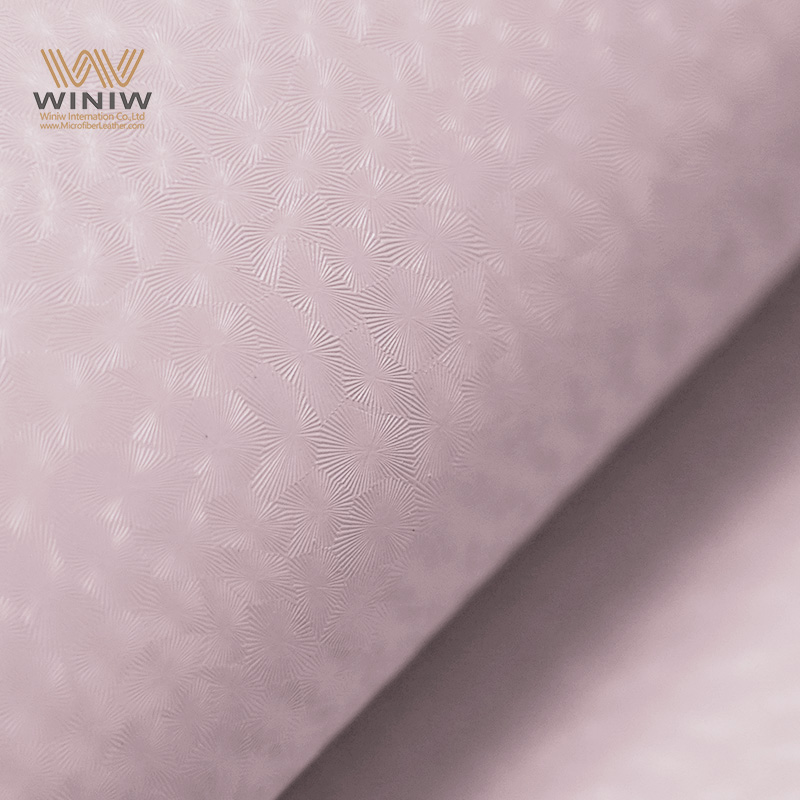
Quand je fais du shopping sacs en cuir végétalienJe privilégie la transparence et la composition des matériaux. Je vérifie si les marques indiquent la provenance de leur cuir végan, comme le cactus, la pomme ou le champignon. Je préfère les alternatives à base de fibres végétales ou de matériaux recyclés. J'évite les produits étiquetés « cuir végan » s'ils contiennent une forte concentration de polyuréthane ou de PVC. Je recherche des options de cuir sans plastique, souvent à base de cactus ou de liège. Je lis toujours les descriptions des produits et je pose des questions sur le processus de fabrication. Je constate que les marques réputées fournissent des informations claires sur leurs alternatives au cuir végan.
Conseil : Attention à l’écoblanchiment. Certaines marques utilisent le terme « cuir végan » mais emploient des matériaux synthétiques peu écologiques. Je fais confiance aux entreprises qui communiquent sur l’origine et la production de leurs produits.
Les certifications me permettent de vérifier la durabilité et l'éthique des sacs en cuir végan. Je recherche les labels qui garantissent des pratiques responsables. Le tableau suivant récapitule : certifications importantes:
Certification | Importance |
|---|---|
Sedex | Garantit des pratiques de travail éthiques |
BSCI | Favorise la responsabilité sociale |
ISO | Gestion de la qualité des garanties |
Je choisis des alternatives au cuir végétalien auprès de marques qui affichent ces certifications. Je constate que les sacs en fibres de cactus portent souvent ces labels, témoignant d'un engagement envers des normes éthiques.
La durabilité est un critère essentiel dans le choix de mes sacs en cuir végan. Je compare la longévité des différentes alternatives. Le cuir de cactus et de champignon offre une excellente résistance à l'usure. Je nettoie ces matières avec un chiffon humide et j'évite les produits chimiques agressifs. Le tableau ci-dessous met en évidence leurs caractéristiques de durabilité :
Fonctionnalité | cuir PU | |
|---|---|---|
Texture | Plus authentique | Entièrement végétalien, plus durable |
Durabilité | Moins durable | Dure plus longtemps |
Composition | Mélange de fibres et de PU | Synthétique, entièrement végétalien |
Je trouve que le cuir végétalien de cactus dure plus longtemps que le cuir reconstitué et s'accorde bien avec les couleurs. cuir PU en matière de durabilité.
Le style est un critère essentiel dans mon choix. Les alternatives au cuir végan se déclinent en de nombreuses couleurs et textures. Le cuir de cactus offre un fini lisse et des teintes éclatantes. Je choisis des sacs qui s'accordent à ma garde-robe et à mon style de vie. Je constate que les options en cuir végan, comme le cactus et le pommier, conviennent aussi bien aux occasions décontractées qu'aux occasions plus habillées. Je vous recommande d'explorer différentes alternatives afin de trouver celle qui correspond le mieux à vos besoins.
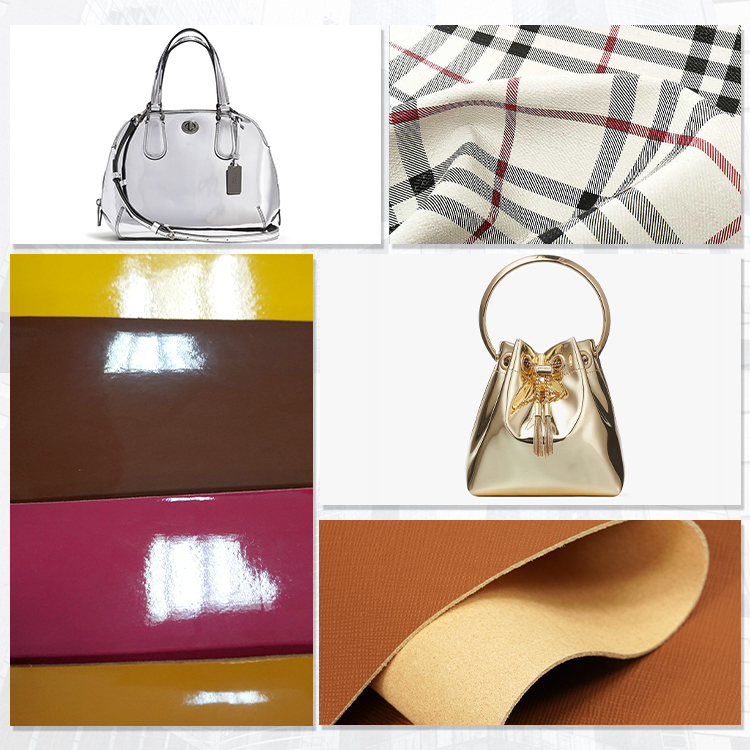
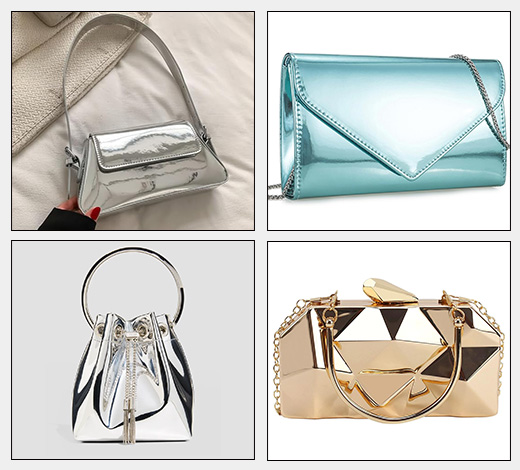
Je recherche toujours des marques pionnières en matière de conception de sacs durables. LaBante London se distingue par son engagement envers les matériaux d'origine végétale et une production éthique. J'ai vu Mylo dans des collections mettant en avant le cuir de champignon comme l'une des alternatives les plus innovantes. Piñatex collabore avec des créateurs qui utilisent des fibres de feuilles d'ananas pour créer des sacs élégants et résistants. Je fais confiance à ces marques car elles communiquent sur leurs processus d'approvisionnement et de fabrication. En comparant les alternatives, je constate que les grandes marques investissent souvent dans des certifications et des chaînes d'approvisionnement transparentes.
Je préfère acheter mes sacs écoresponsables en ligne car je peux comparer de nombreuses options au même endroit. Des marques comme EarthHero, Made Trade et Immaculate Vegan proposent un large choix de sacs en cuir vegan certifié. Je trouve facile de naviguer par matière, style et certification. Le tableau ci-dessous présente… variété de types de sacs disponible chez ces détaillants :
Type de sac | Description |
|---|---|
Sacs fourre-tout | Grand choix de sacs fourre-tout élégants disponibles. |
Sacs bandoulière | Différents modèles de bandoulière pour plus de praticité. |
Sacs à bandoulière | Sacs bandoulière confortables pour un usage quotidien. |
Portefeuilles | Portefeuilles écologiques fabriqués avec soin. |
Je recommande de vérifier les détails du produit pour confirmer l'utilisation d'alternatives durables. De nombreux détaillants en ligne proposent des filtres pour les matériaux d'origine végétale et recyclés, ce qui m'aide à faire des choix éclairés.
Je reste toujours vigilante face au greenwashing lorsque j'achète des sacs durables. Certaines marques présentent leurs produits comme étant en cuir végan, mais utilisent des matériaux synthétiques aux avantages environnementaux limités. Je lis attentivement les descriptions des produits et recherche des certifications telles que Sedex, BSCI ou ISO. Je pose des questions sur la provenance des matériaux et le processus de fabrication. Je compare les différentes options en vérifiant la transparence et les certifications par des organismes tiers. Je fais confiance aux marques et aux détaillants qui communiquent clairement sur leur engagement en matière de développement durable. En restant informée, j'évite les allégations trompeuses et je privilégie les alternatives véritablement écologiques.
Je recommande le liège, le cuir de champignon, le cuir de pommier, le Piñatex et les matériaux recyclés comme alternatives les plus durables au cuir PU pour sacs. Choisir ces options favorise une production éthique et réduit l'impact environnemental. De nombreux consommateurs valoriser la durabilité et investir volontairement dans des produits qui offrent des avantages sociaux positifs. Je suggère recherche de marques qui privilégient la durabilité et la polyvalence. Transmettre accessoires vintage Cela prolonge leur durée de vie et réduit le gaspillage dans le secteur de la mode. Choisir des matériaux de qualité garantit que votre sac restera utile pendant des années.
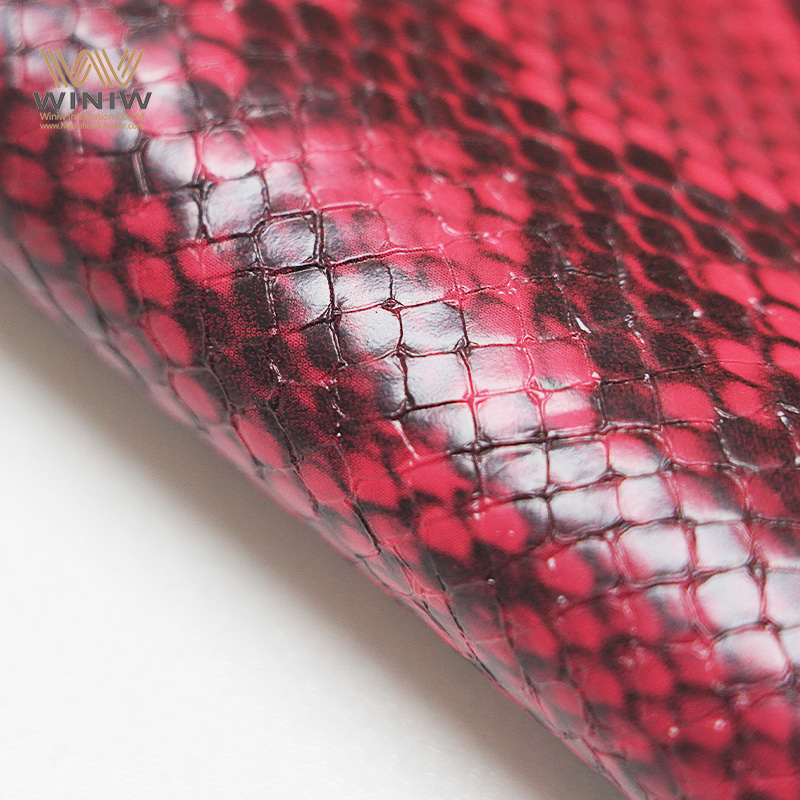
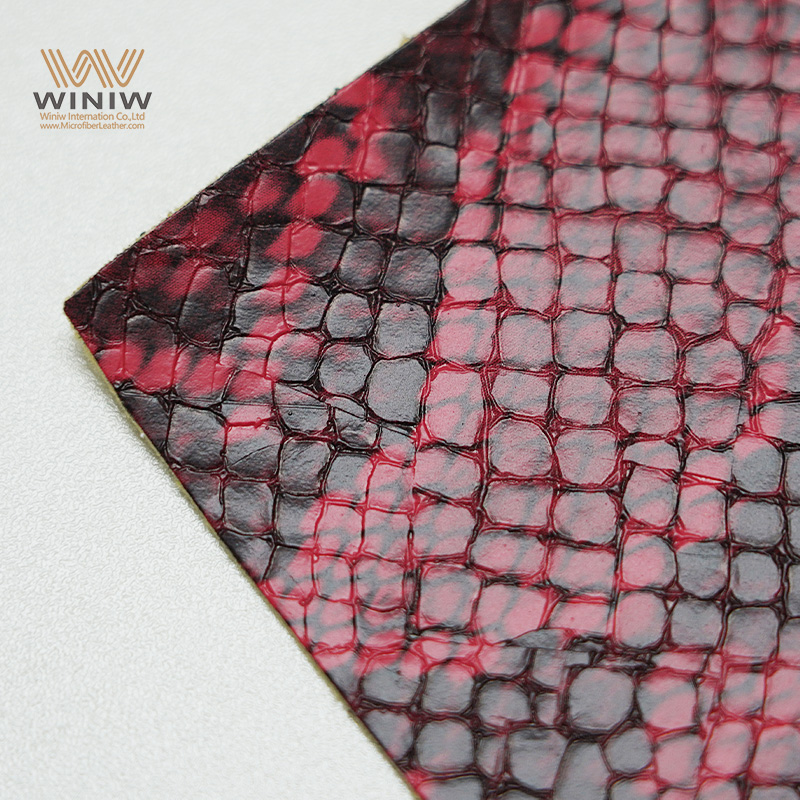
Je trouve cuirs végétaliens à base de plantes Utilisez des ressources renouvelables et évitez les produits chimiques dérivés du pétrole. Ces matériaux, comme le cuir de pomme ou de champignon, se biodégradent souvent plus rapidement et ont une empreinte carbone plus faible que le cuir PU traditionnel.
D'après mon expérience, sacs en cuir végétalien écologiques Avec un entretien approprié, ces sacs durent plusieurs années. Des matériaux comme le liège et le cuir de cactus résistent à l'usure et à l'humidité. Je recommande un nettoyage délicat et un rangement à l'abri de la lumière directe du soleil.
Je consulte les consignes de recyclage locales avant de jeter un sac. Certains cuirs véganes d'origine végétale sont compostables ou recyclables, mais la plupart des sacs synthétiques ou en matériaux mixtes nécessitent des installations spécialisées. Je recommande de donner les sacs en bon état.
J'ai remarqué que la plupart des sacs en cuir végan écologique sont légèrement résistants à l'eau. Des matériaux comme le liège et le cuir de cactus repoussent bien l'humidité. En cas de fortes pluies, j'utilise un spray imperméabilisant ou j'emporte une housse imperméable pour une protection supplémentaire.